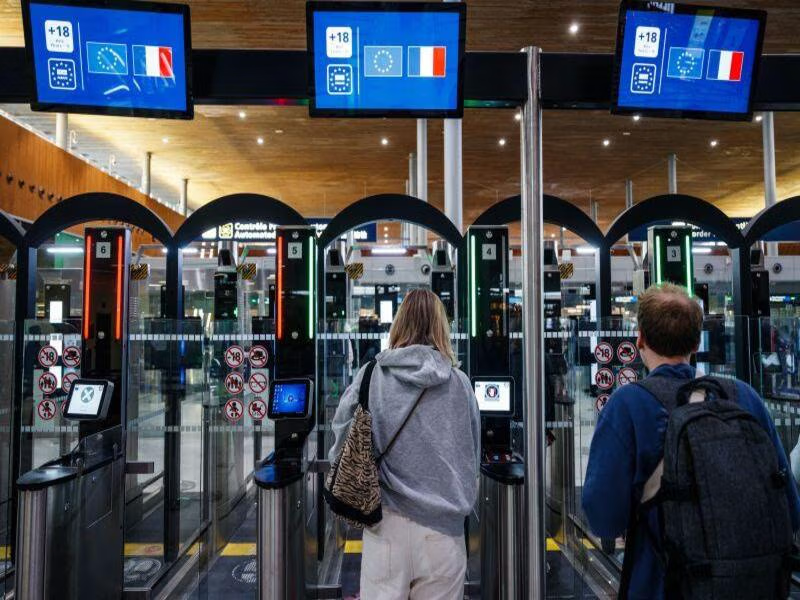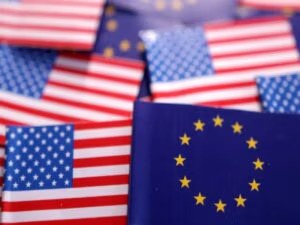The European Union member countries began implementing a new entry and exit system on Sunday at the bloc’s external borders, registering the data of non-EU nationals electronically.
Initially, the Entry/Exit System (EES), an automated system that will compel travelers to enroll at the border by scanning their passports, taking their fingerprints, and taking their photo, will be launched within over six months.
The move will help identify overstayers, address cases of identity fraud and illegal migration despite political pressure in certain countries in the EU to adopt a more aggressive position.
In a statement, European Internal Affairs and Migration Commissioner Magnus Brunner said, “The Entry/Exit System is the digital backbone of our new common European migration and asylum framework.”
Non-EU citizens must enroll their personal information, such as scanning their passport, fingerprints, and photo, on their first entry into the Schengen area. For subsequent trips, facial biometric verification is required. All EU states except Ireland and Cyprus, but including Iceland, Norway, Switzerland, and Liechtenstein, will follow this process.
It is expected that the system will be fully deployed, and instead of stamping the passport, the electronic records will be deployed on April 10, 2026.
Brunner added, “Every third country national arriving at an external border will have their identity checked, undergo security screening, and be registered in EU databases as part of the EES process. The six-month rollout allows member states, travelers, and businesses to adjust smoothly to these new procedures.”
In the case of British travelers who travel on the Port of Dover, the Eurotunnel terminal at Folkestone, or the Eurostar terminal at St Pancras International, London, the process will be carried out at the border before they are out of the UK.
From Sunday onwards, only freight and coach traffic will be checked at Dover and the Eurotunnel terminal under EES checks.
Passenger vehicle inspections will occur in November at Dover and by the end of the year at Eurotunnel, with the introduction of the new process on the Eurostar at St Pancras, beginning with some business travelers on Sunday.
British Minister for Border Security and Asylum Alex Norris stated that “We recognise that EES checks will be a significant change for British travellers, which is why we have worked closely with our European partners to ensure the rollout goes as smoothly as possible.”
He further added, “The UK and EU have a shared objective of securing our borders and these modernisation measures will help us protect our citizens and prevent illegal migration.”






